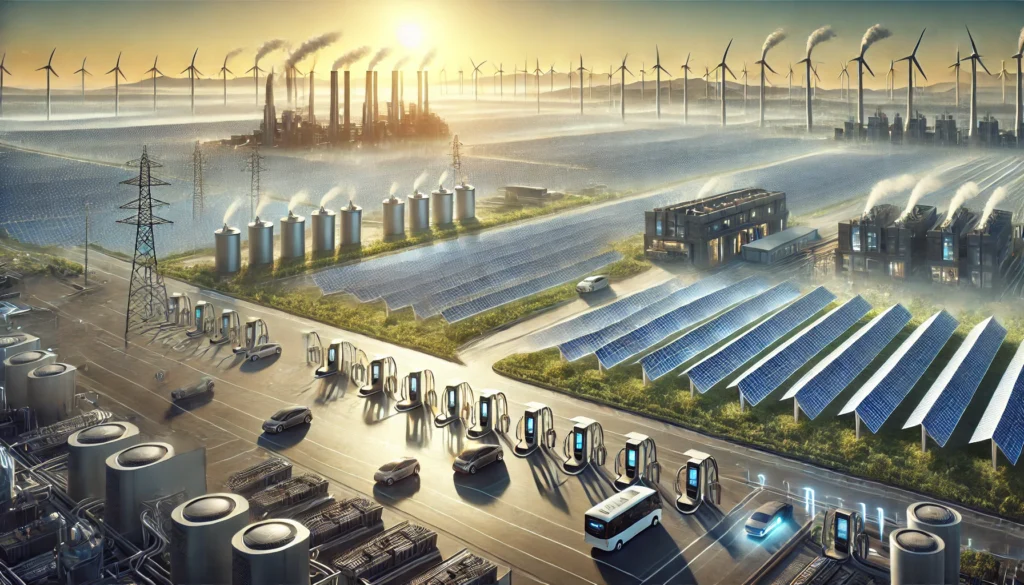According to a new analysis by Carbon Brief from the UK, the clean energy sector in China continues to receive the lion’s share of global investment, reaching $940 billion (6.8 trillion yuan) in 2024. This investment is just about on par with the total investment in fossil fuels of $1.12 trillion, underscoring China’s commitment to renewable energy expansion, notwithstanding the recent slowdown in growth.
Thriving Electric Cars and Solar Drive Investment Rush
The electric vehicle, battery, and solar segments contributed over half of that investment into clean energy. The electric vehicles sector alone accounted for 3 trillion yuan from vehicle and hybrid production investments, alongside another 1.4 trillion yuan spent on building factories. Also witnessing significant growth is the charging infrastructure in China, which received investments worth 122 billion yuan.
Close behind, the solar industry received investments of 2.8 trillion yuan, 1 trillion of which was for power generation projects and 779 billion for solar manufacturing. This surge in solar installations led to an unprecedented 45% rise in capacity compared to 2023.
Economic Growth and Transition to Renewable Energy
While investment growth in clean energy dropped from 40% in 2023 to 7% in 2024, the clean energy sector continues to be a major driver of economic activity at the same time. According to the Centre for Research on Energy and Clean Air (CREA), its contribution to China’s GDP was noted to have increased to 10% in 2024, up from 9% before.
In the meantime, clean energy’s contribution to economic growth decreased as it slipped from 40% in 2023 to 26% in 2024 on account of deflationary pressures, which dragged down prices of renewable equipment, solar panels, and batteries. While falling prices meant lower turnover, they also allowed renewables to gain greater traction across the country.
Projected Growth and Policy Shifts
Going forward, clean power investment is likely to enjoy continued strong growth through 2025, the last year of China’s current five-year plan, according to the researchers. National Development of Clean Energy believes that ambitious targets for renewable energy deployment during 2026-2030 must be set to sustain high rates of renewable energy growth from 2026 on.
The National Development and Reform Commission of China, along with the National Administration of Energy, is gradually reducing subsidies for renewable energy projects, indicating the transition into market-commercial phases of development. On such occasions, the role of private investments could be bigger than the present contribution.
Global Leadership in Solar Power
China will remain the world’s largest adopter of solar energy. With installed solar power of 887 gigawatts in comparison to the six gigawatts of the US, according to the International Renewable Energy Agency (IRENA), the pace of renewable expansion underscores China’s resolve to take the lead in the transition to clean energy.
Conclusion
China’s massive investment in clean energy demonstrates its commitment to sustainability, notwithstanding economic hardships and policy changes. As one of the world’s top energy consumers and a major carbon emitter, China’s continued push toward solar, electric vehicles, and battery energy storage is central to mitigating energy, social, and environmental woes in the global paradigm of climate change. With continued innovation and investment, China is in an unprecedented position to shape the future of renewable energy.

